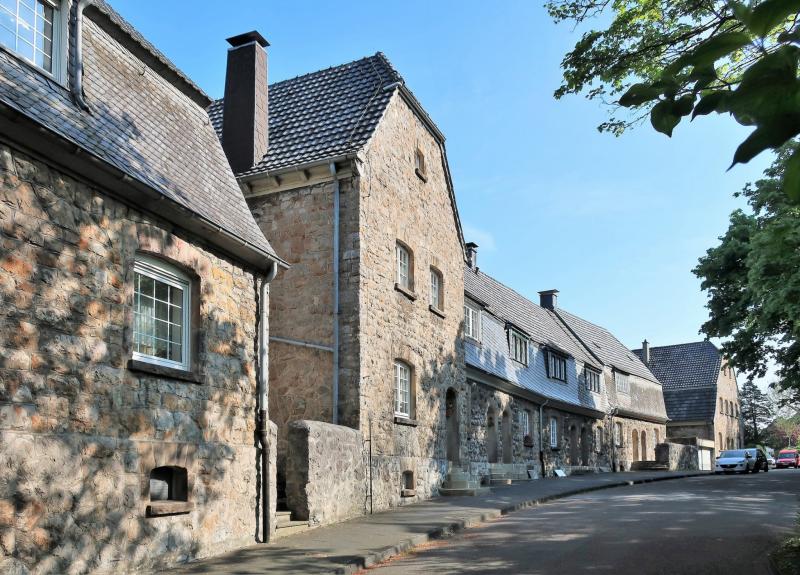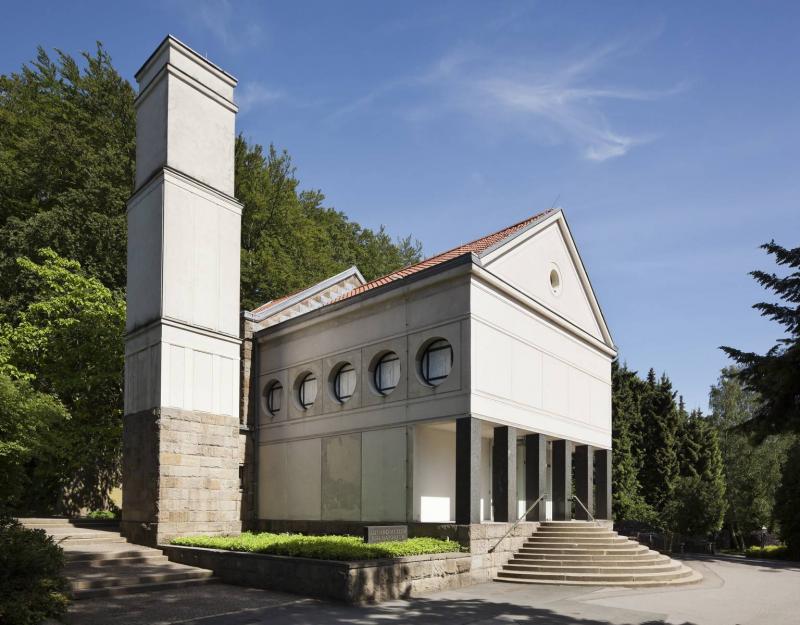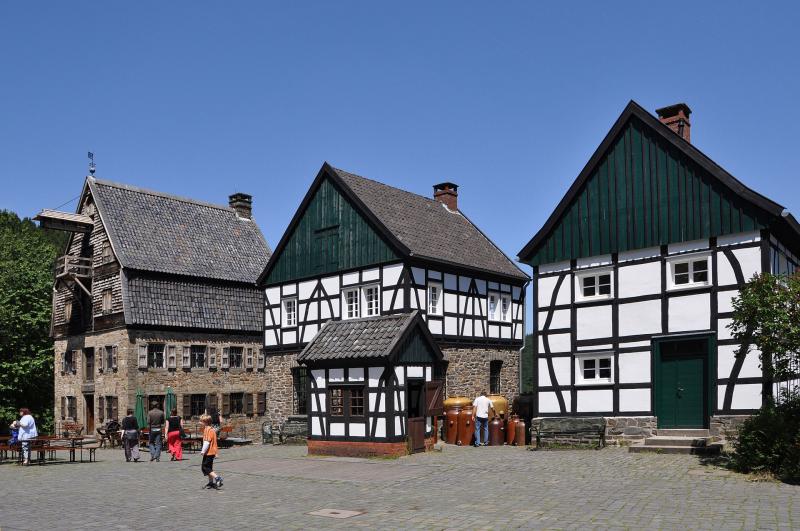Riegestr. 6-18, 58091 Hagen
Icon legend
![]() This icon indicates an awarded building
This icon indicates an awarded building
![]() This icon indicates a listed building
This icon indicates a listed building
![]() Projects with this logo are on the UNESCO World Cultural Heritage list
Projects with this logo are on the UNESCO World Cultural Heritage list
![]() Project has been converted, renovated or extended
Project has been converted, renovated or extended
x close
![]()
1665
- keine Angabe -
- keine Angabe -
Advanced search with more criteria
Total projects: 483

58093 Hagen
Distance: 1.02 km

58093 Hagen
Distance: 1.21 km

58091 Hagen
Distance: 1.71 km
"Lange Riege", once housing estate and workshop of Eilper Klingenschmiede, can look back upon more than 300 years of a changeable history. Cutlers from Bergisches Land worked here long before the industrialisation period.
On May 21, 1661, some Solingen-based cutlers entered into a contract with Großer Kurfürst Markgraf Friedrich Wilhelm zu Brandenburg (Elector), in which they undertook to settle on his territory. The chosen location was Eilpe. The Elector had houses built at his expense, and the estate was finished in 1665/1666.
Although the individual houses have seen some changes in the more than 300 years of their existence, they are still a unique historical ensemble, which is considered to be the “oldest workers’ housing estate in Westphalia”.
The decline of the cutler’s shops in Eilpe started after 1806 to 1813. No orders from the government were coming in any longer and the stiff competition from Bergisches Land was a huge burden, too. While in 1814, production and sales still stood at 577,500 knives worth 385,000 thalers, the decline was unstoppable. Around 1824, there were only 32 forges, 29 master cutlers and 71 ordinary workers left to produce 335,000 knives worth 160,000 thalers. In 1850, the overall number of cutlers along Eilper Bach had dropped to 55.
In Bergisches Land, the established cutler’s shops refined their methods and delivered ever better goods. The Solingen blades are still well known all over the world. They had stolen a march on the Eilpe master cutlers, who were gradually giving up their craft. The last cutler’s shop was deregistered by the trade association on February 18, 1899. A once flourishing craft had gone down the tubes which at one point had made Eilpe world-famous.
Author: Route Industriekultur/ Editorial baukunst-nrw
Text last changed on 31.03.2008
Categories:
Architecture » Residential buildings » Multiple Housing